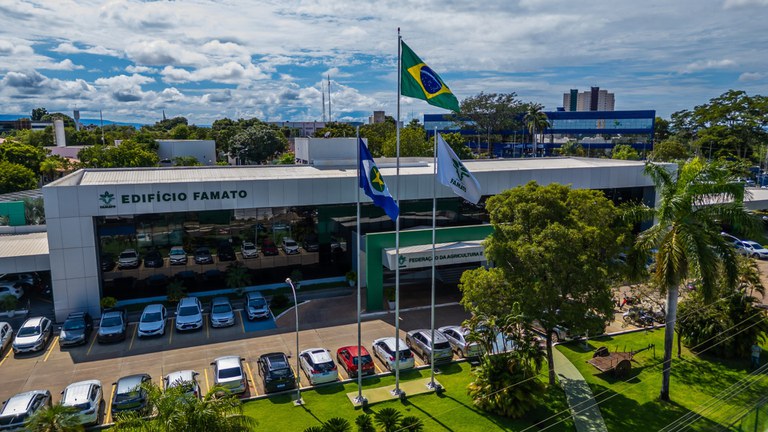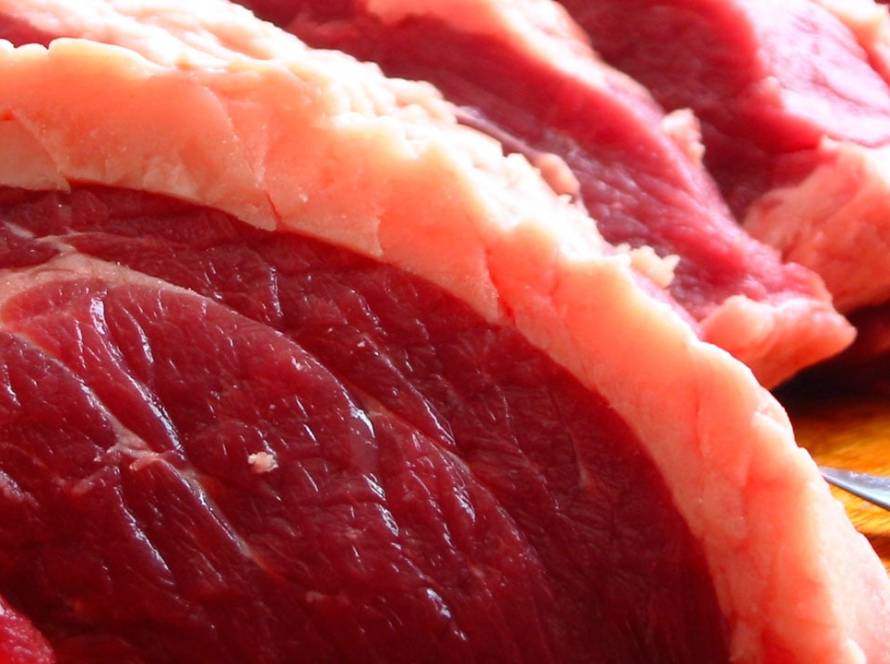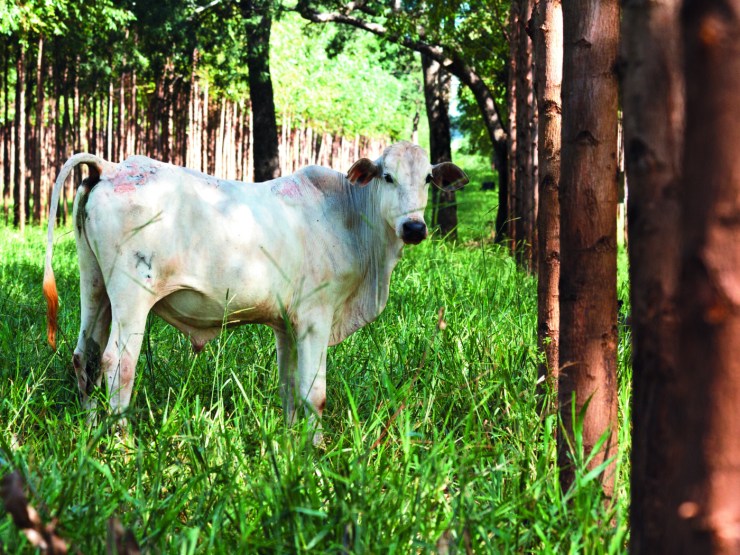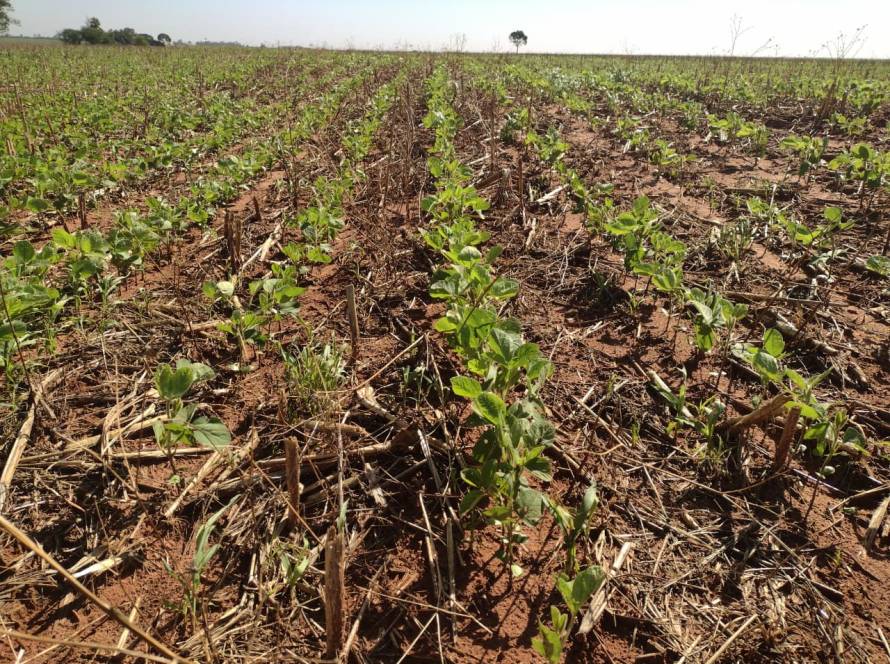With total agricultural production estimated at 75.3 million tons this year, spread across 7.40 million hectares, Mato Grosso do Sul is expected to surpass the volume produced in the previous harvest. Compared to 2024 data, this represents a growth of 2.5% in production and 2.76% in planted area.
The data comes from the Agricultural Situation Letter from Semadesc (Secretariat of Environment, Development, Science, Technology and Innovation), based on the latest surveys from LSPA (Systematic Survey of Agricultural Production) from IBGE (Brazilian Institute of Geography and Statistics) and SIGA/MS (Agribusiness Geographic Information System).
For Secretary Jaime Verruck, from Semadesc, the growth in soybean production reinforces the agricultural vocation of Mato Grosso do Sul and demonstrates the capacity of the State's producers to adapt to new market conditions.
“The performance of the soybean harvest reflects the commitment of producers from Mato Grosso do Sul to innovation, technology and sustainability. Even in the face of climate challenges, we managed to expand the cultivated area and increase productivity, consolidating our state as one of the main agricultural hubs in Brazil,” said Verruck.
The survey indicates that the most significant increases will occur in peanut crops (first harvest), cotton and irrigated rice. Peanuts stand out due to the increase in planted area, while herbaceous cotton is expected to be planted between November and December. Irrigated rice, in turn, is performing well due to favorable climate conditions and the adoption of good management practices.
Soybean growth and other crops in the spotlight
According to SIGA/MS, the soybean area in Mato Grosso do Sul is expected to grow by 6.8% in the 2024/2025 harvest, reaching 4.501 million hectares, with an estimated productivity of 51.7 bags per hectare and total production of 13.977 million tons.
According to the executive secretary of Economic-Sustainable Development at Semadesc, Rogério Beretta, “the success of the harvest will depend on strategies to mitigate climate risks, such as staggering planting, considering the impacts of the La Niña phenomenon and other climate factors”.
For peanuts (1st harvest), the expected production is 159.7 thousand tons, a significant increase of 99.5% in relation to the previous harvest in Mato Grosso do Sul. According to Conab (National Supply Company), cultivation has been encouraged by the increase in prices and the construction of a new processing industry, which will expand the market and add value with derivatives.
In the distribution of production by state, Mato Grosso leads as the largest national grain producer, with 29.8% of the total, followed by Paraná (13.6%), Goiás (11.5%), Rio Grande do Sul (11.4%), Mato Grosso do Sul (7.9%) and Minas Gerais (5.6%). Together, these states represent 79.8% of national production.
Livestock
In the livestock sector, Mato Grosso do Sul recorded a herd of 18 million head of cattle (-1.57%), in addition to 1.83 million pigs (+0.63%), 136 million poultry (+19.26%) and 599 thousand tons of fish (-35.34%). The largest positive variation was observed in the 'Others' group, with an increase of 26.76% compared to the same period last year.
Some municipalities stand out in the livestock sector, including Corumbá, Campo Grande, Dourados, Aquidauana, Ribas do Rio Pardo and Terenos, which have the largest livestock numbers in the State.
Value of Agricultural Production
The VBP (Gross Value of Agricultural Production), estimated by the Ministry of Agriculture and Livestock at R$$ 78.290 billion, showed an increase of 17.17% compared to 2024. In the national ranking of the VBP Agricultural, Mato Grosso do Sul occupies the 7th position among the 27 Federation Units.
Agriculture accounts for R$50.218 billion of this total, an expansion of R$18.021 billion compared to last year, maintaining strong production potential. The first crops have already begun harvesting with good quantitative and qualitative results.
Livestock farming has an estimated GVP in 2025 of R$28.071 billion, a variation of +15.68% compared to 2024, representing 35.86% of the state sector's GVP.




